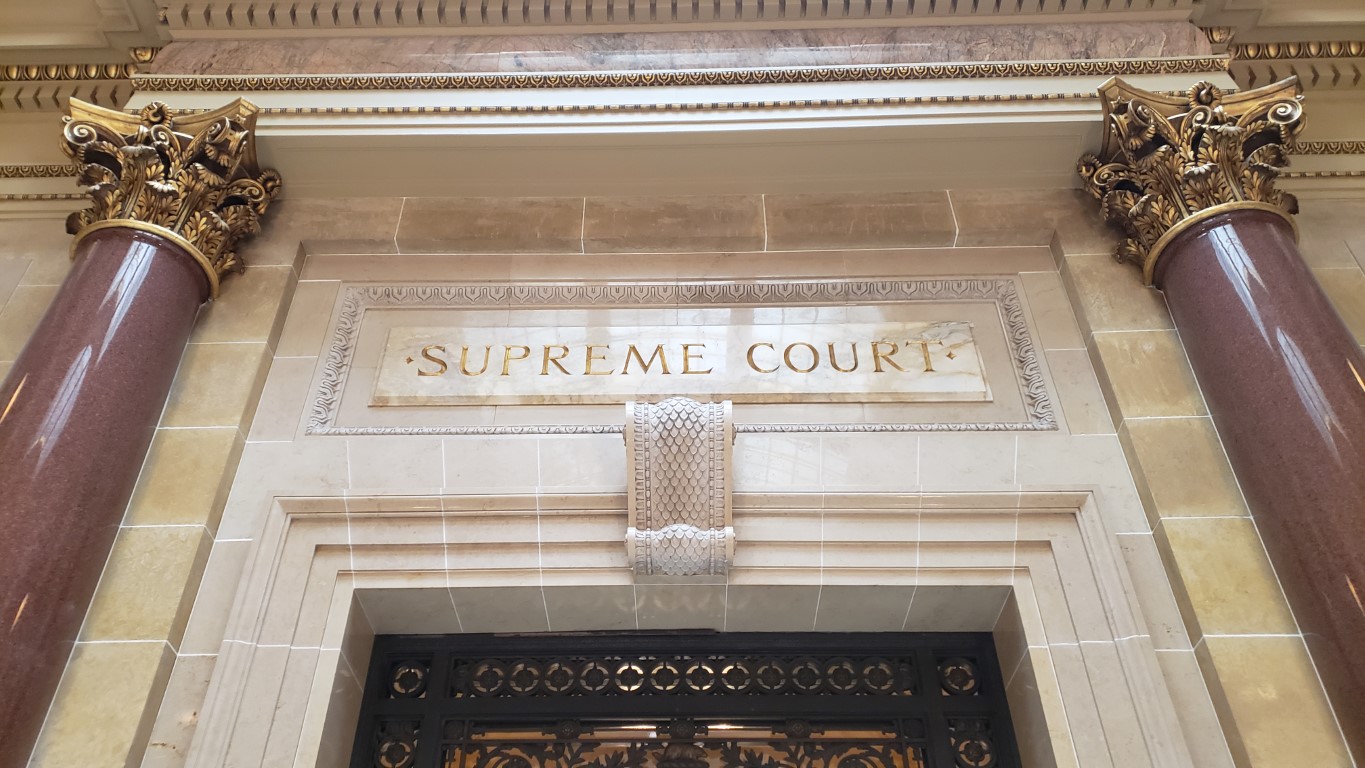In a win for GOP lawmakers, the conservative majority on the state Supreme Court said today it will make the "minimum changes necessary" to the current maps as it sets new boundaries for Wisconsin's legislative and congressional districts.
The 4-3 majority also rejected calls from Dems and other groups involved in the redistricting suit to consider the partisan makeup of districts in drawing new l...
Please log in to access subscriber content.
If you don't have a subscription, please contact schmies@wispolitics.com for subscription options on the WisPolitics-State Affairs platform, which is the new home for WisPolitics subscriber products.


